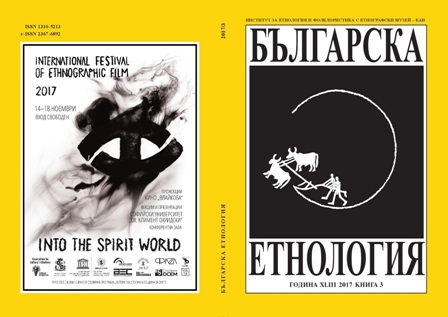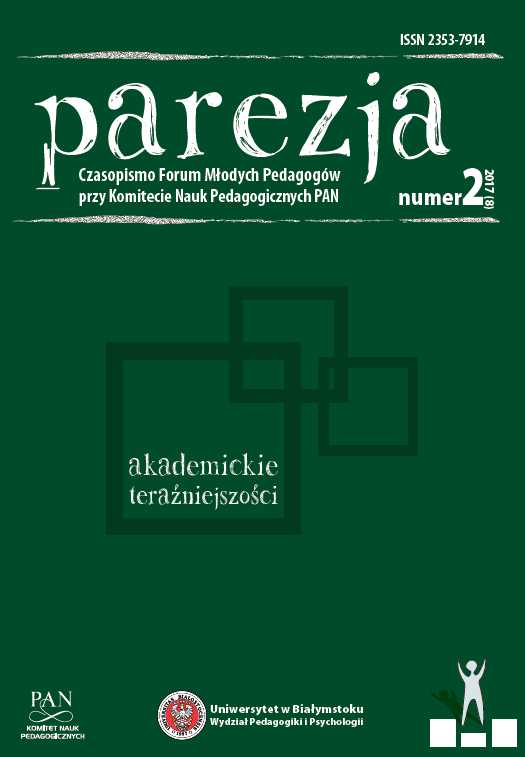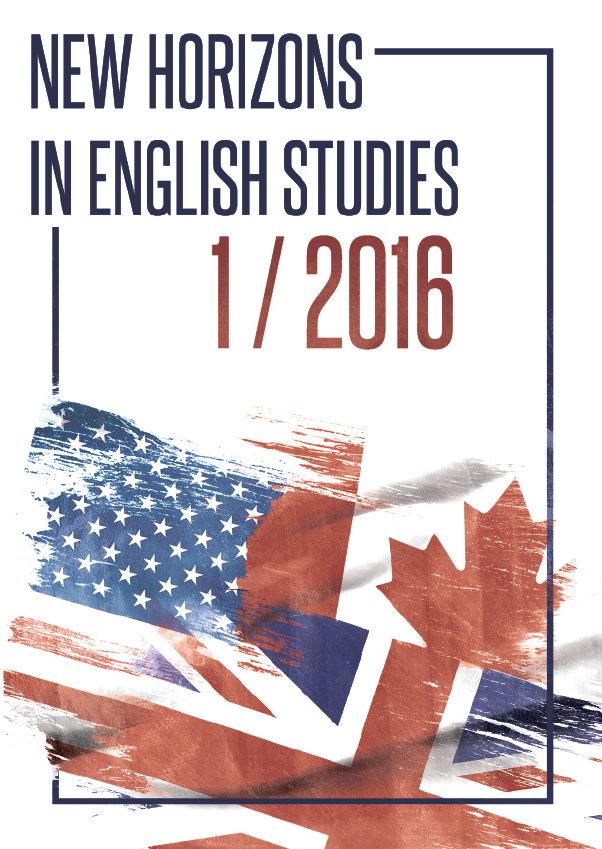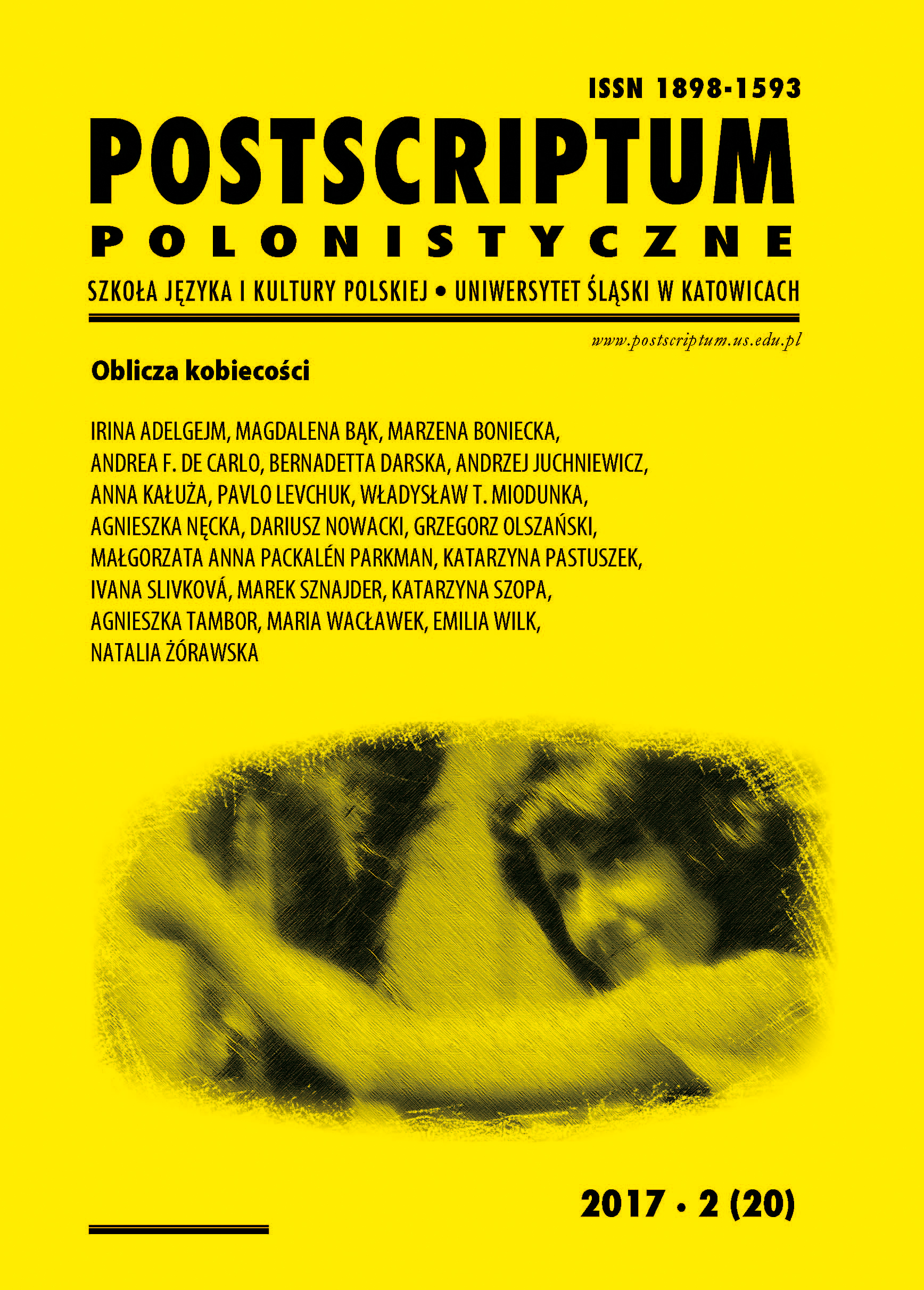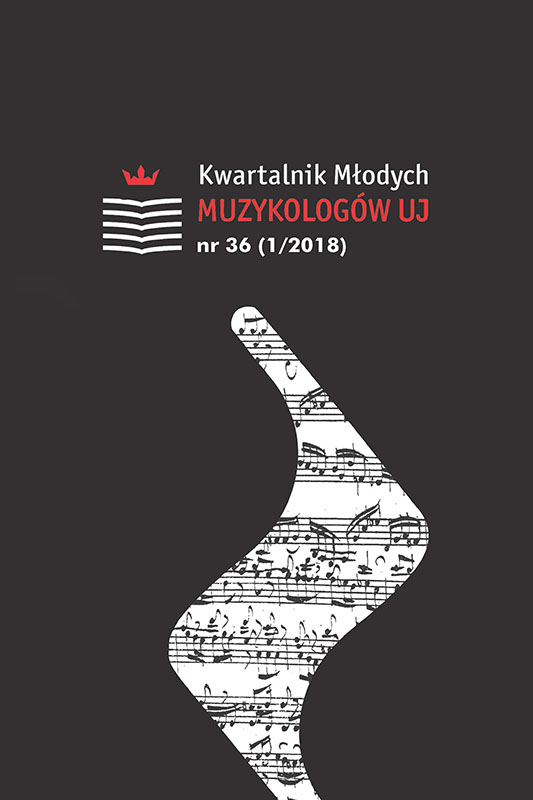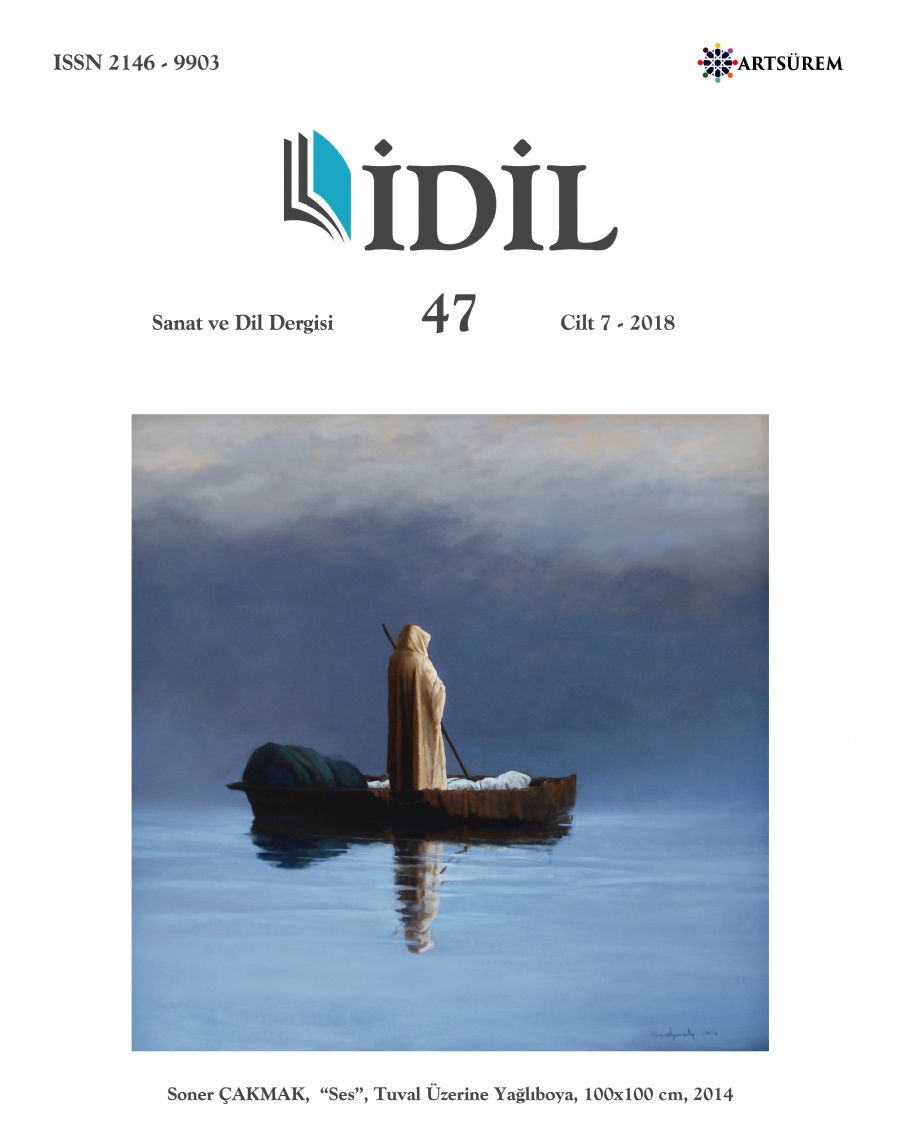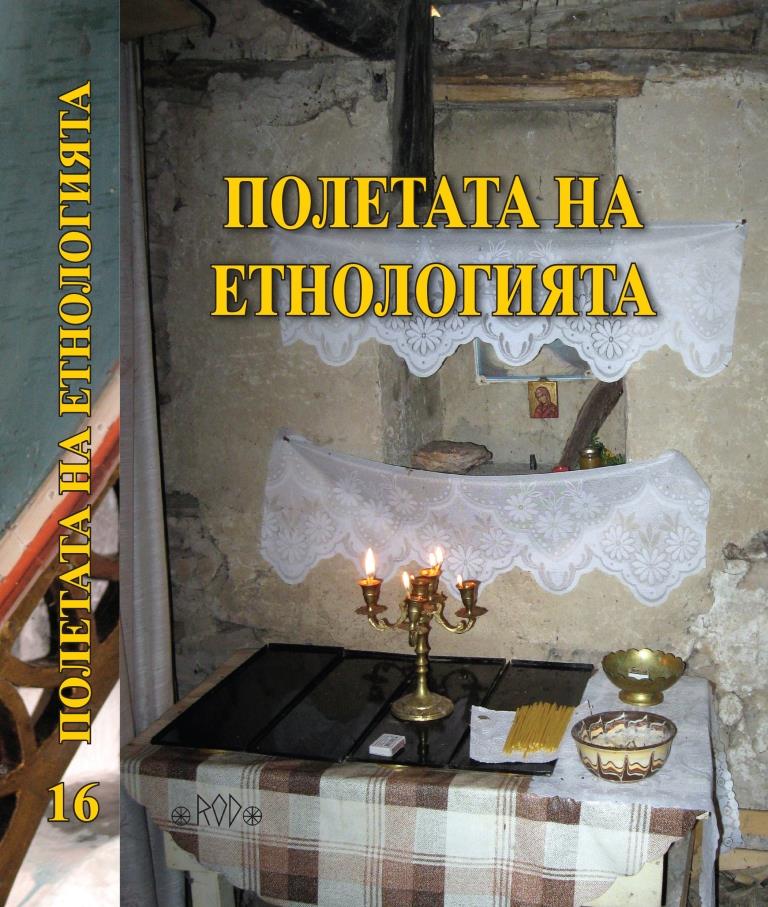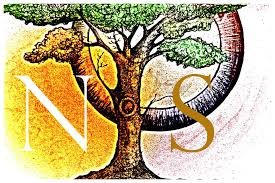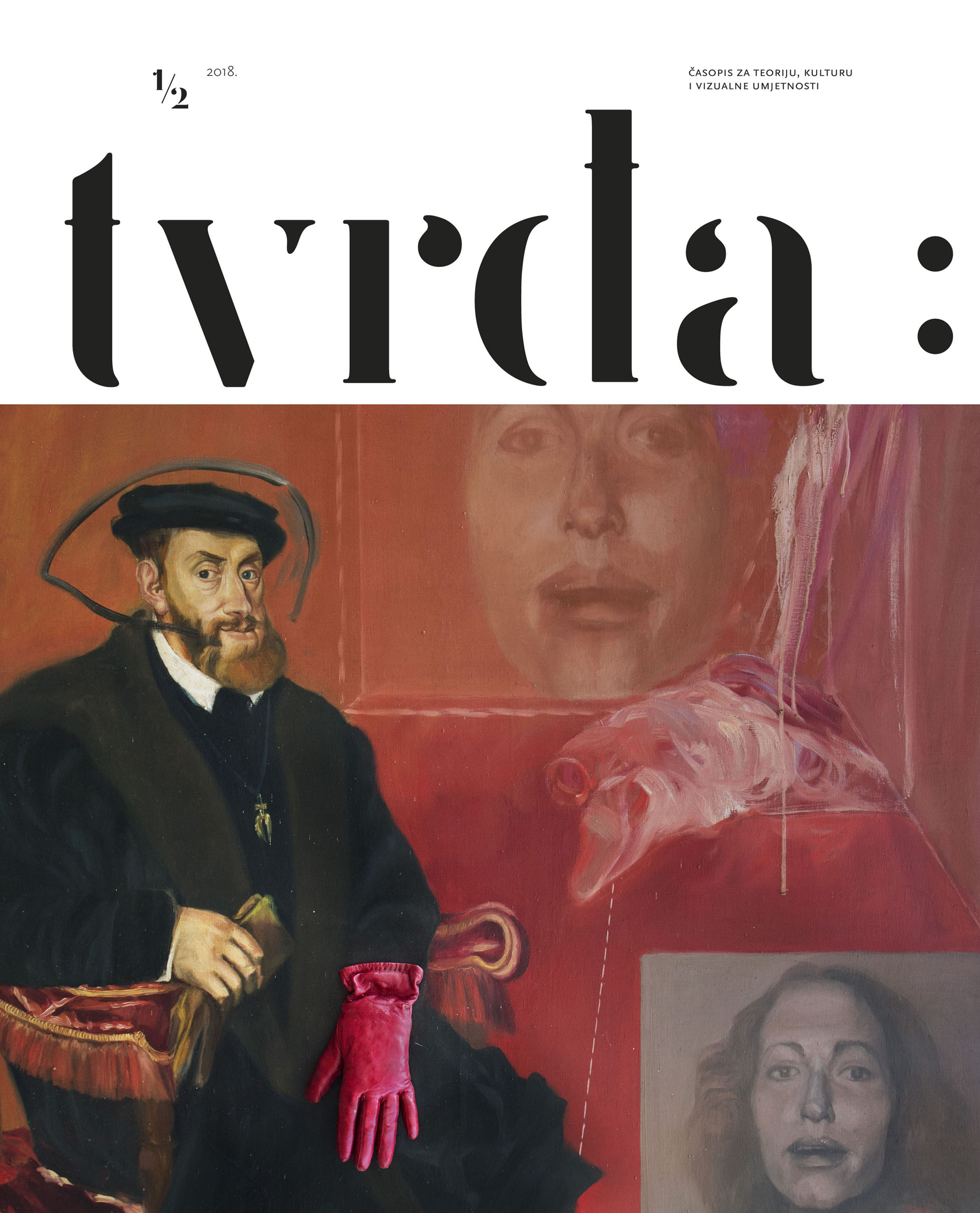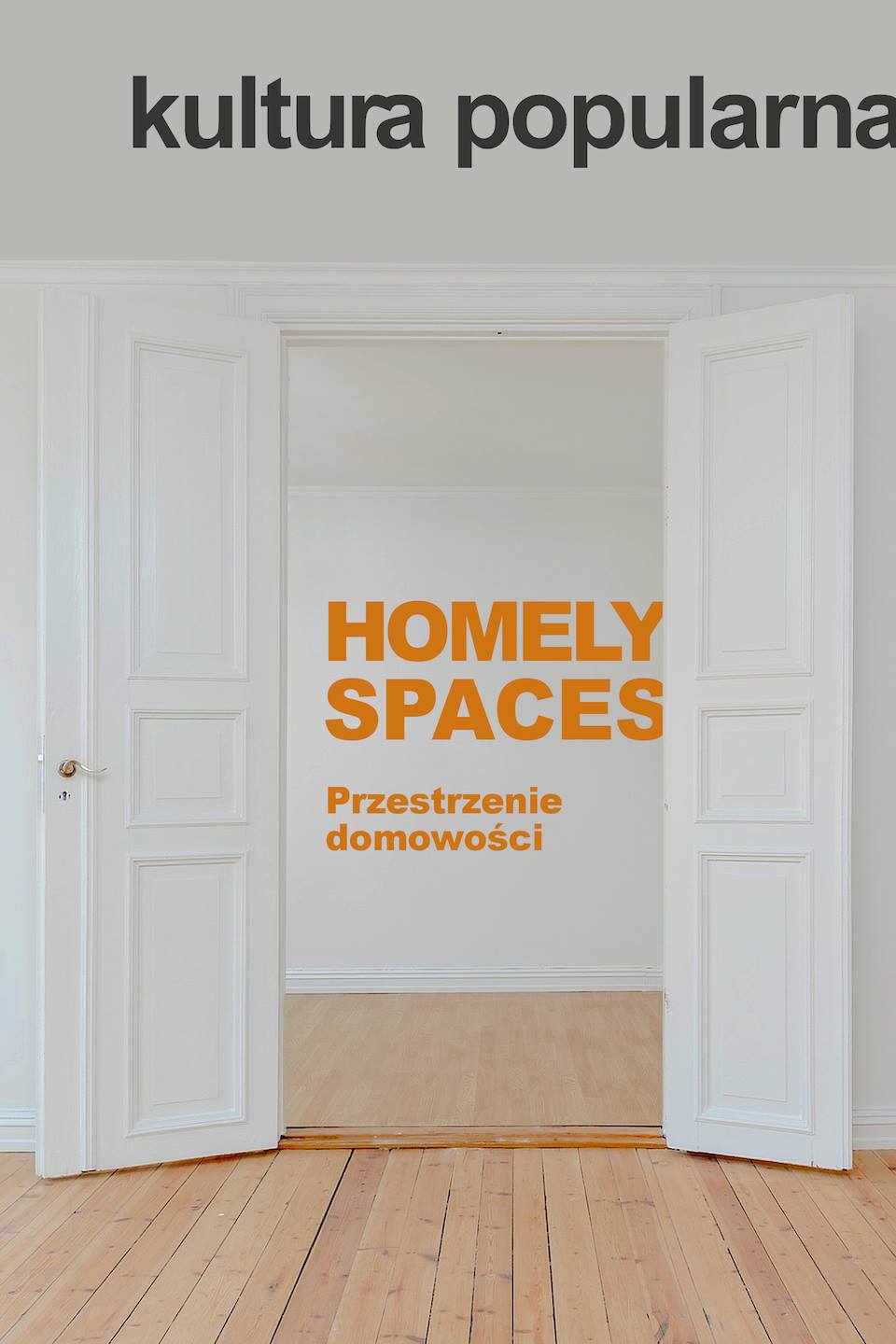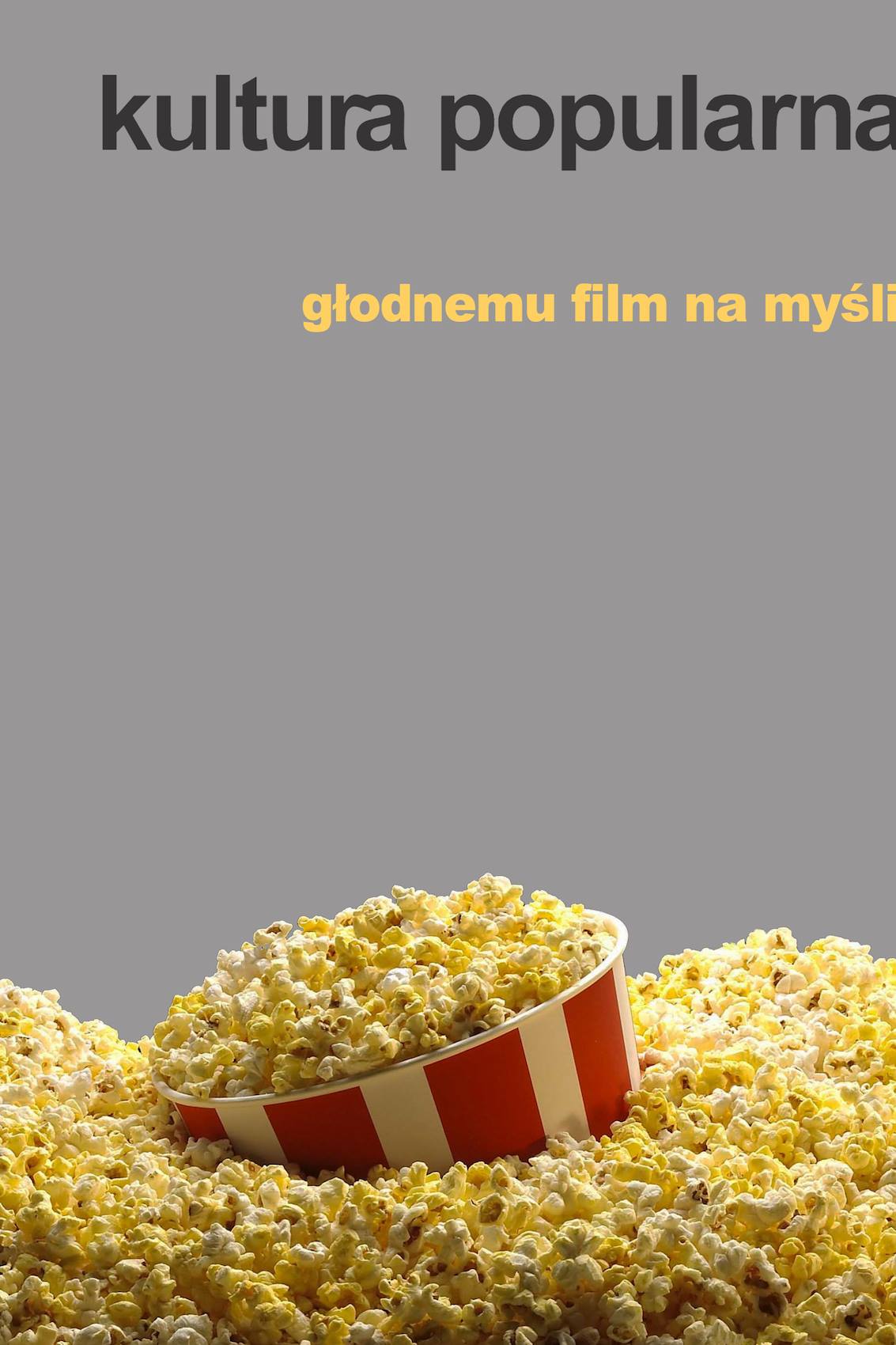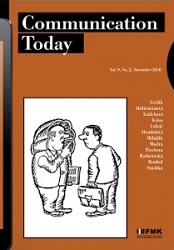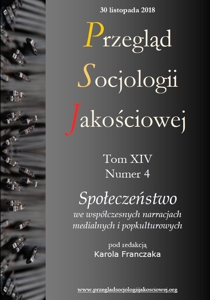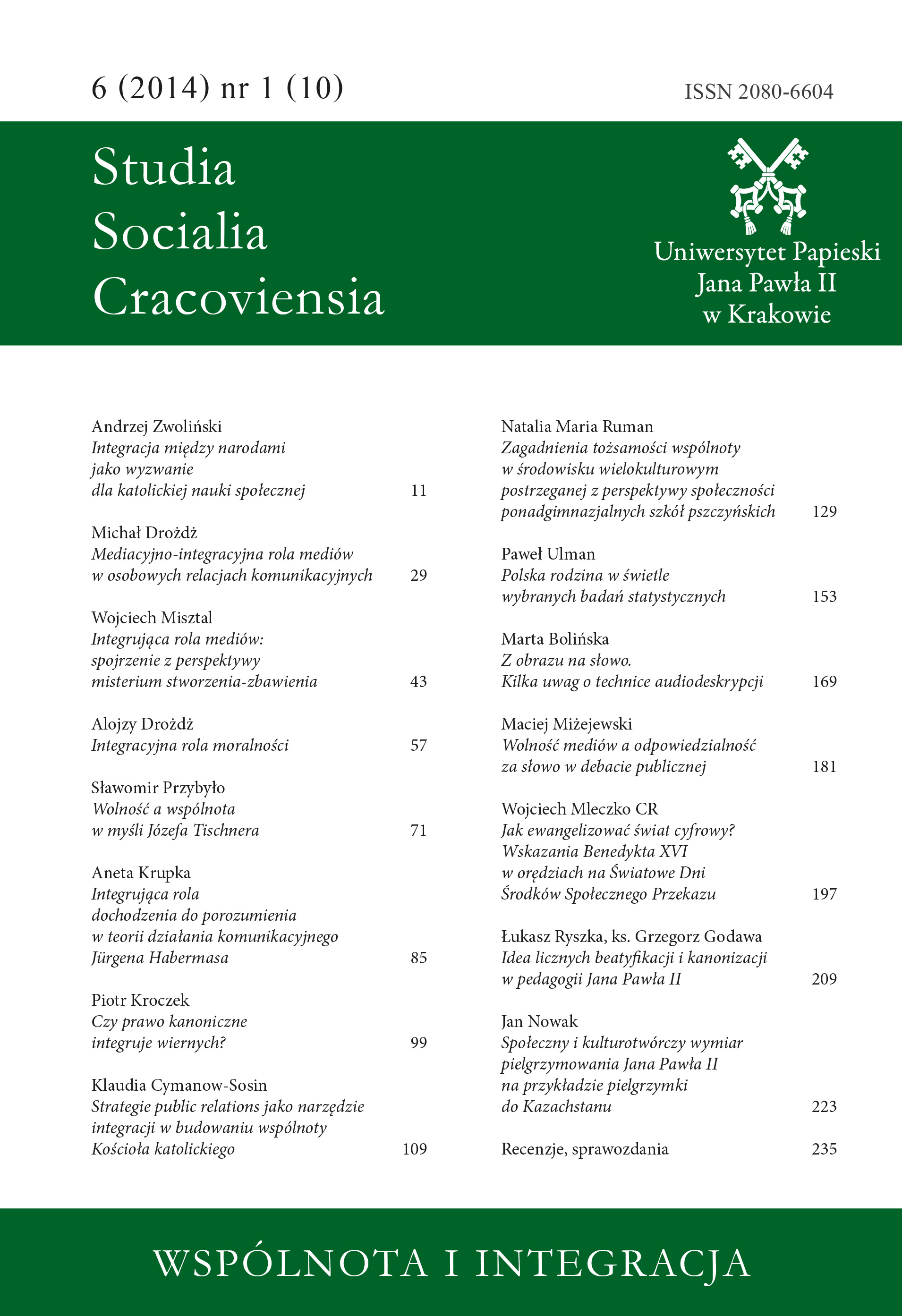
Z obrazu na słowo. Kilka uwag o technice audiodeskrypcji
Audiodescription involves recounting (without interpretation and commentary) what is happening, for example, in a film or a theater play, in dialogues between characters,but it also attempts to describe the space, e.g.: monuments or works of art. Translation of visual content into words, or otherwise, verbal description of visible layers of plays, audiovisual productions, art and entertainment events makes them available to the blind and visually impaired as well as to those with poor eyesight.
More...

